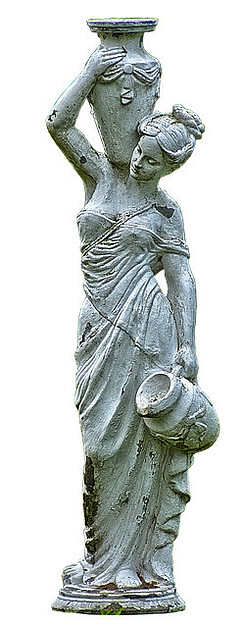The history of wine and vine dates back several thousand years. Early civilizations discovered the fermentation process. The exact date remains unknown.
A History of Wine and Vine
However, it is known that by 7000 BC, cultivated vines grew in the region of Mount Ararat and Asia Minor. Successive civilizations continued to evolve in the process of cultivating and producing and storing wine. Irrigation systems were created by the Sumerians around 3500 BC. Helped water the vineyards of Mesopotamia and other arid lands. The Assyrians, Babylonians, and Egyptians continued the trend.
Although the Egyptians preferred beer, the upper classes drank wine. The pyramidal tombs in the Valley of the Kings and the Valley of the Nobles contain wall hieroglyphs depicting the cultivation and harvesting of grapes and the production of wine. The Egyptians were also the first to label wine tubs closed from the negative effects of the air.
A More Professional History of Wine and Vine Begins With the Greeks
The Greeks were the first to categorize different types of grapes. The authors recorded things like techniques and tools. In fact, the Greeks invented the pruning knife. They have also developed wine containers – clay amphorae that will act as storage containers. The Romans took over Greek inventions and techniques and further developed them.
What About During the Roman Empire
Between 750 and 450 BC. The Romans perfected viticultural techniques and procedures. Pruning, fertilizing, and reducing acidity owe much to the Romans. Pliny the Elder recorded many practices of Roman farmers in this field of agriculture. He sorted the grapes and wrote down the terminology for future generations. The Romans were also responsible for spreading wine culture throughout their empire. Soon, the “provinces” of Hispania (Spain), Gaul (France), and Germania (Germany) – to name just a few, grew grapes for wine production. England also learned about winemaking. The Roman legions stationed there exchanged wine for woolen cloaks and cloth.
The Contribution of Christianity
Between 500 and 1400, the Christian Church began to cultivate the land for its own purposes seriously. They needed sacramental wine. The monasteries controlled large tracts of land intended for grape growing. The monks did the basic vintages, but they also started experimenting and improving the basic product. They recorded their work for posterity.
They Drank Wine Instead of Water
During this period, wine and other spirits were common beverages. The water was not always drinkable. The wine was usually. Some countries, however, were unable to grow grapes or produce wine. As a result, trade has increased among those who have those who do not. The result was profitable trade around the European world. Wars broke out, some based on twists and/or control of the wine trade market.
The Italian Renaissance
The Italian Renaissance (15th century) began its further development. The wine was refined. It was becoming a culture unto itself. The vineyards flourished, and new techniques continued to grow in proportion to expanding the areas devoted to this crop. The wine trade continued to be profitable. In Elizabethan times (16th century), the Lord, who had the right to trade in wine, was indeed a wealthy man. Dom Perignon, a 17th-century Benedictine monk, perfected the art of winemaking. He did not discover champagne but made it his own.
A History of Wine and Vine in a New Era of Colonialism
The conquest of the New World and other countries, such as Australia and Africa, further increased the concepts of growth and winemaking. Regions around the world have begun experimenting with grape growing. Some have met with greater success than others. In the periods after the Industrial Revolution and the First Great War, the New World wines began to penetrate. The ideas of cheap wine and the need to sort, label, and authenticate wine were logical consequences of this development.
Today, quality viticulture and cheaper wines are flourishing. Everyone has their own market. Some wines are only for those who really know their product. The current situation covers all levels of quality. There are gourmet wines as well as a pitcher. You can purchase wine in a bag or in a bottle. The label may bear the name of an ancient and respected vintner. The bottle could also be labeled with a cute little animal. Wine may be fashionable and international and still be unpalatable. It can be local and delectable. Sometimes, this is a matter of taste; sometimes, it is simply a question of education.
